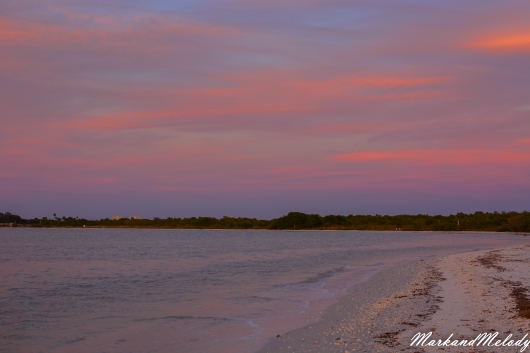When we talk about travel, we are nearly always asked if we are staying at hostels. The answer is: out of 32 days so far, we have only stayed at one. Hostels for a long time cornered the market of dirt cheap lodging, but this is no longer the case thanks to…
AirBnb!
Hostels typically charge by bed, regardless of if its a dorm room or a private room. Let’s start with the dorm room. Let’s say you can get a bed in a dorm room for €20 which is pretty cheap in Western Europe. There’s two of us, which means we’re paying €40 for two beds in a mixed bed dorm. That means there’s people of either gender all sleeping in one room. €40 for zero privacy sleeping and a shared bath with any number of people. In some cases, towels cost an extra euro and the showers are the kind you want to wear sandals in.
In a private room, it gets more expensive. Very rarely a private rooms equipped with only two beds. Usually they are four, but sometimes three. Now we have €60 to pay for a private room, on a good day.
Disclaimer: since we’ve been in Europe we have not found beds in a hostel for less than €20 per night.
Note also that most hostels have minimum day stays, especially through the weekend. That means if we want to stay Thursday through Saturday,we are paying a premium because it’s a weekend and we are confined to a minimum number of days – usually three days.
Enter airbnb.
In Paris, we are staying 15 minutes away from city center for €38 /$40 each night. Private room. Shared bath, if our host is here. When he’s not, we have our own flat in Paris. Kitchen to cook in. Metro across the street. Great food nearby. Amazing bed.
In Glasgow, we stayed with the loveliest couple in a brand new house just south of the city. They provided amazing food, company, and advice on travelling the area. Awesome comfortable bed. They provided a washing machine (invaluable if you’re living on 8 days of clothes), towels and bathing essentials. Also less than €40 / $44.
In Brussels, we stayed with a French gentleman right in the city center in that same price bracket.
We’ve not once had to abide by a minimum stay or pay for a towel.
For couples or group travelers, we remain convinced airbnb is the best way to go if you’d rather spend your money on experiences instead of accommodations. 😉
Travelling somewhere new and looking for the best airbnb? Check out this page and learn the best questions to ask your next host.
Cheers and happy travelling!
Mark and Melody
 .
.


















